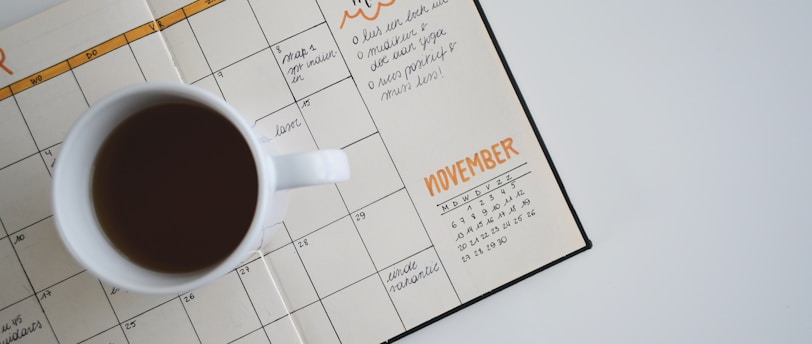Beginner’s guide to a small ledger- A fun DIY project for school hostel students
Simple steps on how to create and maintain a personal ledger for school students: easy tips to better handling of where and how we spend our money
Arsh Choudhary
5/4/20253 min read


Being a boarding student for a few years now, I have come to realize, that for most students, managing pocket money seems like a boring or sometimes even a stressful task. But what if I told you that keeping track of your money can be fun, like a cool little project you make for yourself?
Welcome to the world of personal ledgers. Don’t get worried by the technical sound of the word! Believe me, you don’t need to be an accountant or a math genius to create one. All you need is a little curiosity and the desire to understand where your money goes each week. In this blog, I’ll explain in easy terms what a ledger is, why you need one, and how to make your very own ledger in few simple steps. I have been maintaining my ledger accounts for two years now and can vouch for their utility as one of the most effective tools for personal financial management.
Let me begin by explaining what is a ledger. A ledger is a simple record of your income (money you get) and your expenses (money you spend). It is something like a money diary. It clearly reflects how much pocket money you got on a particular day, where all you spent it (like snacks, books, outings), how much you have left and the like. In short, a ledger can help you keep control over your spending so you do not end up broke before the end of the month!
Some of the plus points of starting with a ledger account and maintaining it diligently, are that you always know how much money you have left. Also, you will stop spending blindly on things you do not need. You can set goals and save for something big and avoid the stress of running out of money. And most importantly, it helps build a habit that adults wish they had learned earlier.
Now comes the fun part. You can make your own little money tracker that’s simple, creative, and easy to use. All that you will need are the following items- a small notebook or a few A4 sheets of paper, a pen or pencil, a ruler (for making neat columns) and some colored pens/highlighters (optional for fun design). If you like, you can also create a digital version using a simple Google Sheet or note-taking app, but we will focus on a physical DIY version here.
Start by designing the front cover. Personalize your notebook or folder by add your name, class, and the title: “My Hostel Ledger – [Month/Year]”. Then, create a simple table with these 5 columns on each page:
Date Description Money In (+) Money Out (−) Balance
Date – The day you received or spent money
Description – What you did (e.g., “Bought chips” or “Got pocket money”)
Money In – Money you received (e.g., pocket money, birthday gift)
Money Out – Money you spent
Balance – Your total money left after that entry
Use a ruler to keep your columns neat. You can even assign a color to “Money In” and “Money Out” using colored pens. Then make some sample entries. Let’s say you got ₹500 from your parents at the start of the month. Here's how your entries might look:
Date Description Money In (+) Money Out (−) Balance
May 1 Got pocket money ₹500 ₹500
May 2 Bought snacks — ₹40 ₹460
May 4 Bought refill pens — ₹30 ₹430
It’s that simple! By the end of the month, you’ll have a full page showing where your money went.
In order to make it more fun and useful, you may want to set a monthly goal. On the first page of each month, write your goal. It could be simple goals like saving ₹100 or spending less than ₹50 on junk food or buying a new pen set by saving gradually. You would agree that tracking becomes exciting when there’s a goal! In addition to this every Sunday, take 5 minutes to flip through the week's entries. Ask yourself if you spent too much on one thing? or what can you cut down on next week? or how close are you to your savings goal? Give yourself a gold star or sticker every time you save more than ₹50 or stick to your budget. You must also share the idea with roommates as doing this with friends makes it way more interesting. Compare how much each person spent or saved. Maybe even start a friendly challenge: "Who can save the most by month-end?"
You might wonder, “Why bother?” Here is the real truth: Small habits become powerful skills. By learning to track your money now, you are building habits most adults struggle with. In the future, when you start handling bank accounts, mobile wallets, or even a salary, you will already have the mindset of a smart money manager. In addition, you will feel more independent and responsible. And guess what? Parents love it when you tell them you are saving instead of just spending. Creating a personal ledger is not about being strict. It is about knowing your money and using it wisely. Hostel life is full of learning and this is just one more skill that will help you every day. Start your DIY ledger this weekend. Make it colorful, make it yours. Who says money management cannot be fun?